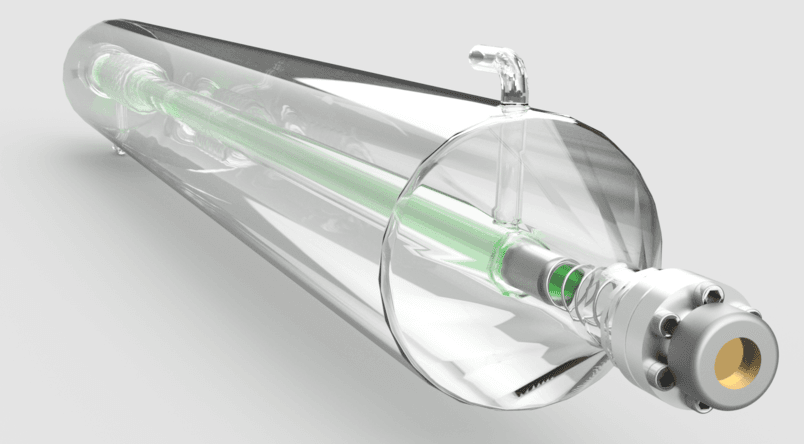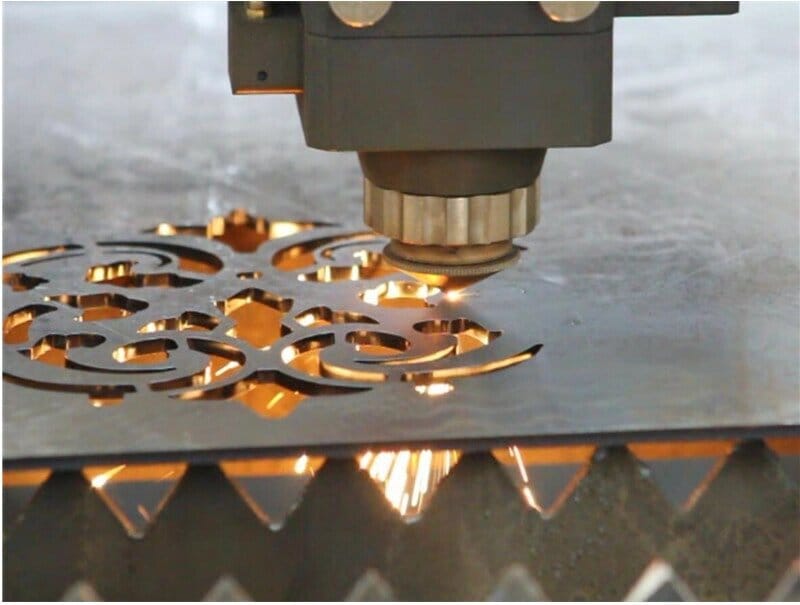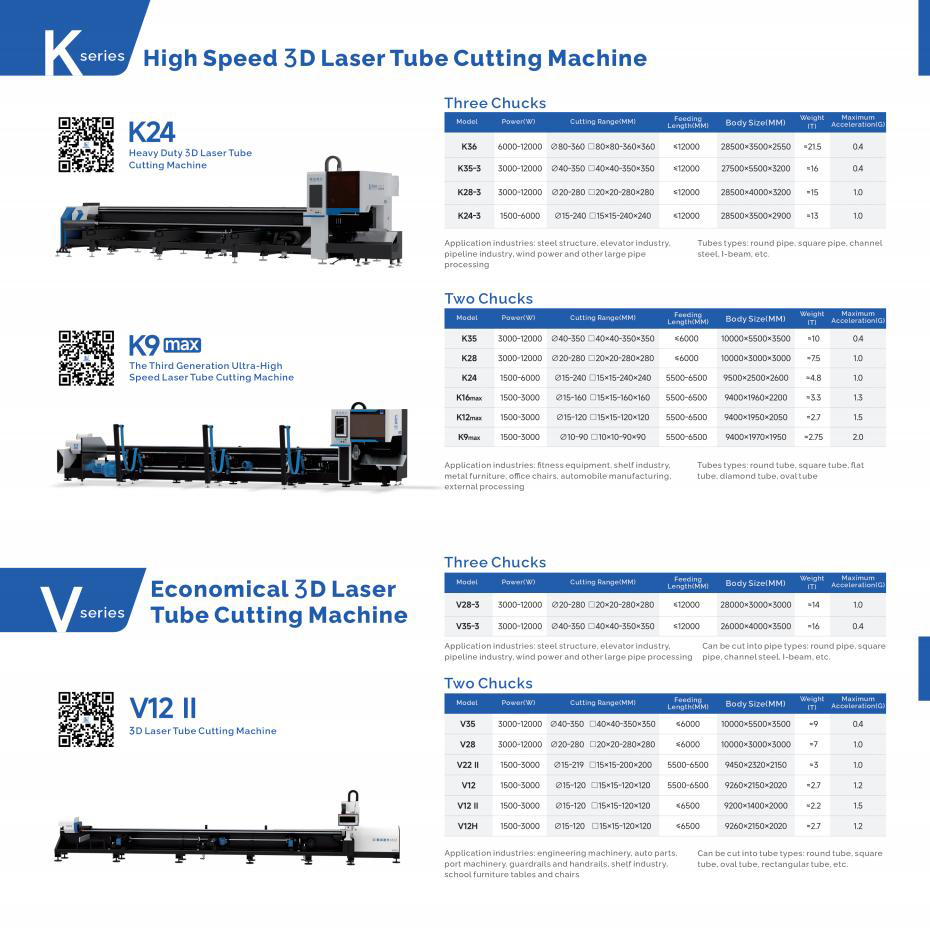1. Introduction
In modern construction and engineering, structural steel beams play a crucial role. Whether it’s skyscrapers, bridges, or residential buildings, steel beams provide the necessary strength and support for these structures. However, not all steel beams are the same. Among the many types, H-beams and I-beams stand out due to their unique characteristics.
For engineers, architects, and construction contractors, choosing the right type of steel beam is not only crucial for the success of the project but also directly affects the safety, durability, and economics of the building. An incorrect choice can lead to structural problems, increase costs, and even endanger lives. Therefore, it is essential to have a deep understanding of the characteristics and applicable ranges of different types of steel beams.
This article will focus on comparing H-beams and I-beams, two common but often confused types of steel beams. Although they may look similar in appearance, they have significant differences in structure, performance, and application. By exploring these differences in depth, we aim to provide readers with a comprehensive understanding to help them make informed decisions in future construction projects.
2. Understanding H-Beams
Definition and Shape
The cross-section of an H-beam resembles the English letter “H”. It consists of two parallel flanges (horizontal parts) and a web (vertical part) connecting the flanges. The inner surfaces of the H-beam flanges have no inclination, with the upper and lower surfaces completely parallel.
Manufacturing Process
H-beams are made by welding three steel plates together to form a combined cross-section. This manufacturing method allows for the production of H-beams in various sizes, including extra-large dimensions.
Key Characteristics
- Optimized cross-sectional area distribution and reasonable strength-to-weight ratio
- Excellent bending resistance in all directions
- Can bear larger loads, with spans up to 330 feet (about 100 meters)
- Suitable for projects requiring long-span support
Advantages and Disadvantages
Advantages:
- High strength and good stability
- High adaptability, especially suitable for large projects
- Able to withstand complex stresses, including pressure and tension
Disadvantages:
- Relatively heavy, may not be suitable for projects requiring lightweight design
- The manufacturing process is relatively complex, which may lead to higher production costs
3. Understanding I-Beams
Definition and Shape
The cross-section of an I-beam resembles the English letter “I”. It consists of two horizontal flanges and a vertical web. The inner surfaces of the I-beam flanges have an inclination, typically at a ratio of 1:6, making the flanges thinner on the outside and thicker on the inside.
Manufacturing Process
I-beams are made from a single piece of steel through rolling or milling, unlike the welded composite structure of H-beams.
Key Characteristics
- Lightweight design, weighing less than H-beams
- Good bending resistance in the web plane
- Span capability typically between 33 to 100 feet (about 10 to 30 meters)
- Suitable for small to medium-sized construction projects or as secondary support elements in larger structures
Advantages and Disadvantages
Advantages:
- Lightweight, easy to transport and install
- Relatively simple manufacturing process, potentially leading to lower production costs
- Suitable for projects requiring reduced structural weight
Disadvantages:
- Large performance difference between the two main planes
- Not suitable for complex stresses such as axial pressure or multi-directional bending
- Smaller span capability compared to H-beams, limiting its application in large projects
4. Comparing H-Beams and I-Beams
Shape and Structure
- H-beam: “H” shaped, parallel flanges, no inclination on inner surfaces
- I-beam: “I” shaped, flanges with inclined inner surfaces (typically 1:6)
- H-beams usually have wider flanges than I-beams, providing greater lateral stability
Weight and Strength
- H-beam: Generally heavier but stronger, can bear larger loads
- I-beam: Lighter, suitable for projects requiring reduced structural weight
- H-beams have more uniform strength in all directions, while I-beams perform best in the web plane
Span Capability
- H-beam: Can reach up to 330 feet (about 100 meters)
- I-beam: Typically between 33 to 100 feet (about 10 to 30 meters)
- H-beams are more suitable for large-span structures, while I-beams are suitable for small to medium spans
Load-Bearing Capacity
- H-beam: Can withstand complex stresses, including pressure, tension, and torsion
- I-beam: Mainly suitable for simple bending stresses, performs poorly under complex stress
- H-beams are more suitable as main load-bearing components, while I-beams are often used as secondary support elements
Manufacturing Process
- H-beam: Usually made by welding three steel plates, allowing for customization of large sizes
- I-beam: Made from a single piece of steel through rolling or milling, size limited by production equipment
- H-beam manufacturing process is more complex but offers greater size flexibility
Cost Considerations
- H-beam: Usually more expensive due to complex manufacturing process and greater material usage
- I-beam: Relatively simple manufacturing process and less material usage, usually lower cost
- In large projects, the high performance of H-beams may offset their high cost
- For small to medium-sized projects, I-beams may offer better cost-effectiveness
5. Applications of H-Beams and I-Beams
H-Beam Applications
- Large-scale Construction Projects: H-beams are widely used in the main structures of high-rise buildings, large commercial centers, and industrial plants due to their excellent load-bearing capacity and stability. They can effectively resist complex stress combinations, including pressure, tension, and torsion.
- Infrastructure Engineering: In projects such as bridges, tunnels, and large stadiums, H-beams are commonly used as main beams, support columns, and roof structures. Their long-span capability (up to 330 feet) makes them ideal for these types of projects.
- Special Engineering: H-beams also have important applications in seismic structures, offshore platforms, and high-load industrial facilities. Their excellent strength characteristics allow them to withstand extreme environments and high-stress conditions.
I-Beam Applications
- Small to Medium-sized Buildings: Due to their lighter weight, I-beams are commonly used in horizontal beams and support structures for residential buildings, low-rise office buildings, and small commercial buildings. They provide sufficient strength while reducing the building’s self-weight.
- Secondary Support Structures: In large buildings, I-beams are often used as secondary support elements, such as floor beams, roof supports, and internal partitions. They are cost-effective and suitable for areas that do not need to bear primary loads.
- Temporary Structures: I-beams are widely used in temporary structures such as scaffolding, temporary supports, and construction platforms. Their ease of installation and dismantling makes them the preferred choice for these applications.
6. Key Factors to Consider When Choosing Between H-Beams and I-Beams
Load Requirements and Structural Performance
When selecting steel, the primary consideration is the structure’s load requirements. It’s necessary to assess static loads (such as building self-weight), dynamic loads (such as wind loads, seismic loads), and any special loads. H-beams are suitable for high loads and complex stress situations, while I-beams are more suitable for moderate loads and simple stress states.
Span and Geometric Requirements
The span requirements of the project directly affect the choice of steel. H-beams can support longer unsupported spans, suitable for large open spaces. I-beams are more suitable for small to medium spans and may be a better choice in space-constrained situations.
Economics and Efficiency
Cost considerations include material costs, processing costs, transportation costs, and installation costs. While the unit cost of H-beams may be higher, they may be more cost-effective in large projects due to their high efficiency. I-beams may provide better economics in small to medium-sized projects.
Construction and Installation Considerations
It’s necessary to evaluate site conditions, available equipment, and construction schedules. H-beams may require more specialized equipment and techniques, while I-beams are generally easier to handle and install. The project’s time constraints and site limitations may influence the final choice.
Environmental Factors and Durability
Consider the special requirements of the project environment, such as corrosion resistance, fire performance, and weather resistance. In harsh environments, it may be necessary to choose more durable H-beams, while in milder environments, I-beams may be sufficient to meet the needs.
7. Conclusion
H-beams and I-beams, as two commonly used structural steel materials in the construction industry, have significant differences in several aspects:
- Shape and Structure: H-beams have wider flanges and parallel inner surfaces, while I-beams have narrower flanges with inclined inner surfaces.
- Load-bearing Capacity: H-beams typically have higher load-bearing capacity and torsional resistance, suitable for complex stress; I-beams perform well under simple stress.
- Span Capability: H-beams can support longer spans (up to 330 feet), while I-beams are suitable for short to medium spans (typically 33-100 feet).
- Weight and Cost: H-beams are usually heavier and more expensive, while I-beams are lighter and relatively less costly.
When choosing between these two types of steel, the following scenarios require special attention:
- Large Construction Projects: Such as high-rise buildings and long-span bridges, which usually require the high load-bearing capacity and long-span characteristics of H-beams.
- Small to Medium-sized Buildings: Such as residential and low-rise commercial buildings, where I-beams may be more cost-effective.
- Complex Stress Environments: In structures that need to withstand multi-directional stress, H-beams may be a better choice.
- Lightweight Requirements: When the building needs to reduce its self-weight, I-beams may be more suitable.
- Budget Constraints: In projects with tight budgets, it may be necessary to balance the cost advantages of I-beams against the performance advantages of H-beams.
- Special Environments: In corrosive environments or situations with special requirements, the higher durability of H-beams may need to be considered.
Ultimately, the choice between H-beams and I-beams should be based on the specific needs of the project, engineering calculations, and economic analysis. For complex or critical applications, it is advisable to consult professional structural engineers to ensure the most appropriate choice is made. As building technology continues to evolve, the application of these two types of steel will also continue to develop, bringing new possibilities to the construction industry.



